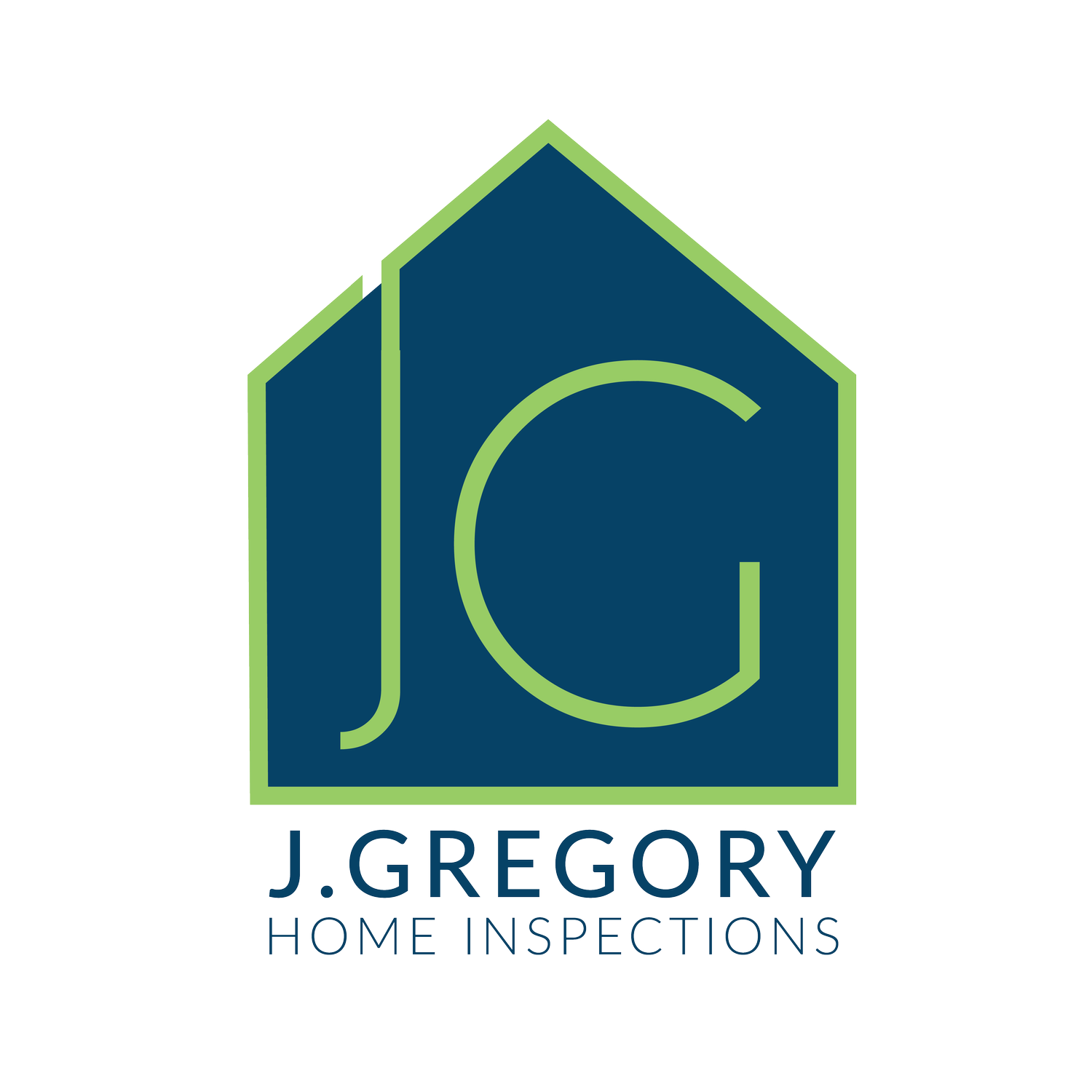Plumbing Leaks: Identifying, Addressing, and Preventing Water Damage
Water damage due to plumbing leaks can be one of the most costly and disruptive issues homeowners face. Whether it's a slow drip or a sudden burst pipe, even minor leaks can lead to significant structural damage, mold growth, and expensive repairs if left unchecked. In this home inspection guide, we'll explore how to identify, address, and prevent plumbing leaks to safeguard your home and your investment.
Identifying Plumbing Leaks:
Visible Signs: Look for obvious signs of water leaks such as water stains on walls or ceilings, damp or musty odors, and peeling paint or wallpaper.
Check Fixtures and Appliances: Inspect faucets, showers, toilets, and appliances like dishwashers and washing machines for leaks, drips, or puddles of water.
Examine Pipes: Inspect exposed pipes in basements, crawl spaces, and under sinks for signs of corrosion, rust, or moisture.
Monitor Water Meter: If you suspect a leak but can't find the source, monitor your water meter for unexpected spikes in usage, which may indicate a hidden leak.
Addressing Plumbing Leaks:
Shut Off Water: Immediately turn off the water supply to the affected area to prevent further damage.
Contain the Leak: Place a bucket or towels under the leak to catch dripping water and prevent it from spreading.
Temporary Fixes: For minor leaks, such as a dripping faucet or a loose pipe fitting, temporary repairs like tightening connections or applying pipe sealant can help until a professional plumber can address the issue.
Call a Professional: For major leaks or if you're unsure how to fix the problem yourself, it's best to call a licensed plumber who can accurately diagnose and repair the issue.
Preventing Plumbing Leaks:
Regular Maintenance: Schedule annual plumbing inspections to check for leaks, corrosion, and other issues before they escalate.
Monitor Water Pressure: High water pressure can stress pipes and fittings, increasing the risk of leaks. Install a pressure gauge and regulator if necessary to maintain optimal pressure levels.
Insulate Pipes: Protect exposed pipes in unheated areas like basements and attics with insulation to prevent freezing and potential bursts in cold weather.
Replace Aging Fixtures: Upgrade old or worn-out fixtures and appliances with newer, more efficient models to reduce the risk of leaks and improve water efficiency.
Plumbing leaks are a common yet preventable problem that can cause extensive damage if not addressed promptly. By staying vigilant, conducting regular inspections, and taking proactive measures to maintain your plumbing system, you can minimize the risk of leaks and protect your home from costly water damage. Remember, when in doubt, always consult a professional plumber to ensure the safety and integrity of your plumbing infrastructure.


